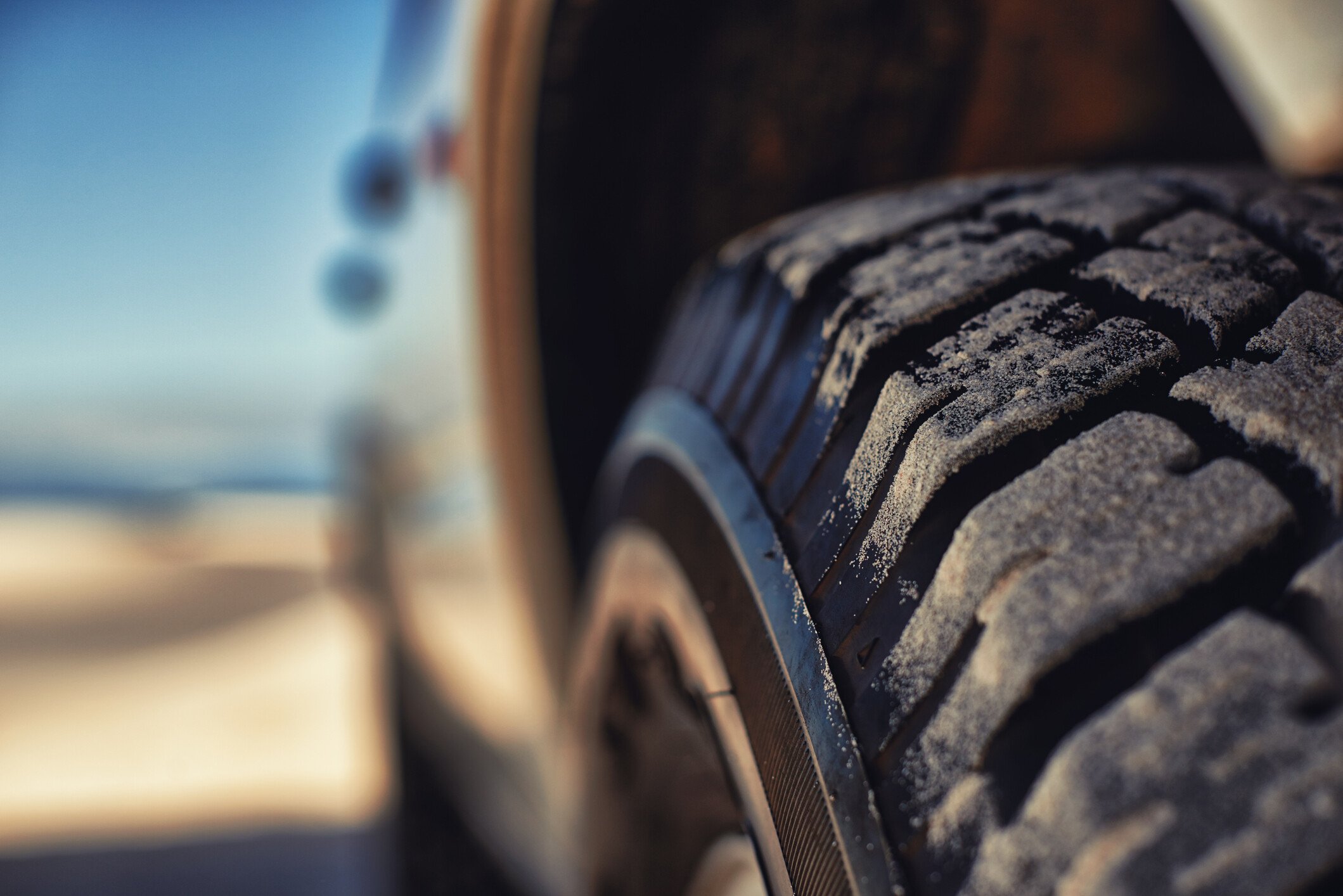Tires support both the drivers and load safety, but Yves Thibert is aware that extending the life of these assets entails looking at more than just the treads. Truck News reports that École des métiers de l’équipement motorisé de Montréal has employed the former mechanic as a heavy vehicle maintenance instructor for the past 20 years.
- Check several factors when the truck arrives for a wheel alignment: Wheels that are aligned are shielded from uneven wear. Check the tire pressure on each wheel, look for any abnormal wear in the tread, and also test the suspension, steering system, and wheel bearings when the equipment is brought into a shop for an alignment.
- Inspect the full steering system: To keep the truck’s tires on a straight course, the power steering system, steering column, and pivot pins must all be in good working order. To avoid issues, Thibert advises carrying out such examinations every three to four months.
- Watch out for bad vibrations: If you feel something vibrating under your feet, there is a good chance the suspension height needs to be looked at.
- Look out for leaking shocks: As the vehicle navigates potholes in the road, shocks are intended to keep the wheels on the ground.
- Watch the end play on wheel bearings: He advises drivers to monitor the oil, which can be seen through a window in the hub cap, and that mechanics should also consult manufacturer standards before making any alterations. According to Thibert, a grayish liquid is probably polluted and, if left untreated, might harm the bearings, cause excessive end play, and hasten tire wear. Everything will be fine if it has a maple syrup-like hue.
- Consider the loads as well as pressure: Thibert advises lowering tire pressure if the truck is typically only lightly loaded. The shocks won’t be able to steady the vehicle if the pressures aren’t lowered, which will make it tougher for trailers to stay stable on the road. However, if the load on the equipment exceeds the trailer’s capacity, the tires will overheat on both sides, just as they would if a fifth wheel were positioned a bit too far forward.
- Lower your speeds: Over-the-road tire treads have a tendency to overheat and deteriorate at speeds of 115 km/h or higher, which is far faster than the 105 km/h cutoffs established for the speed limiters necessary in Ontario and Québec. Higher speeds result in harsher braking, which can damage tire treads.








